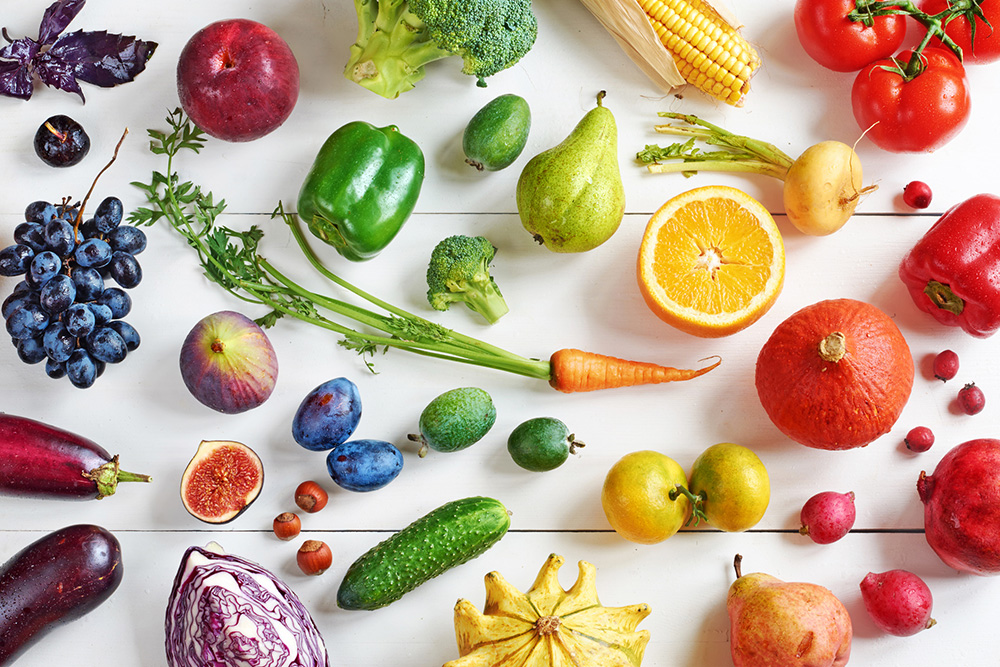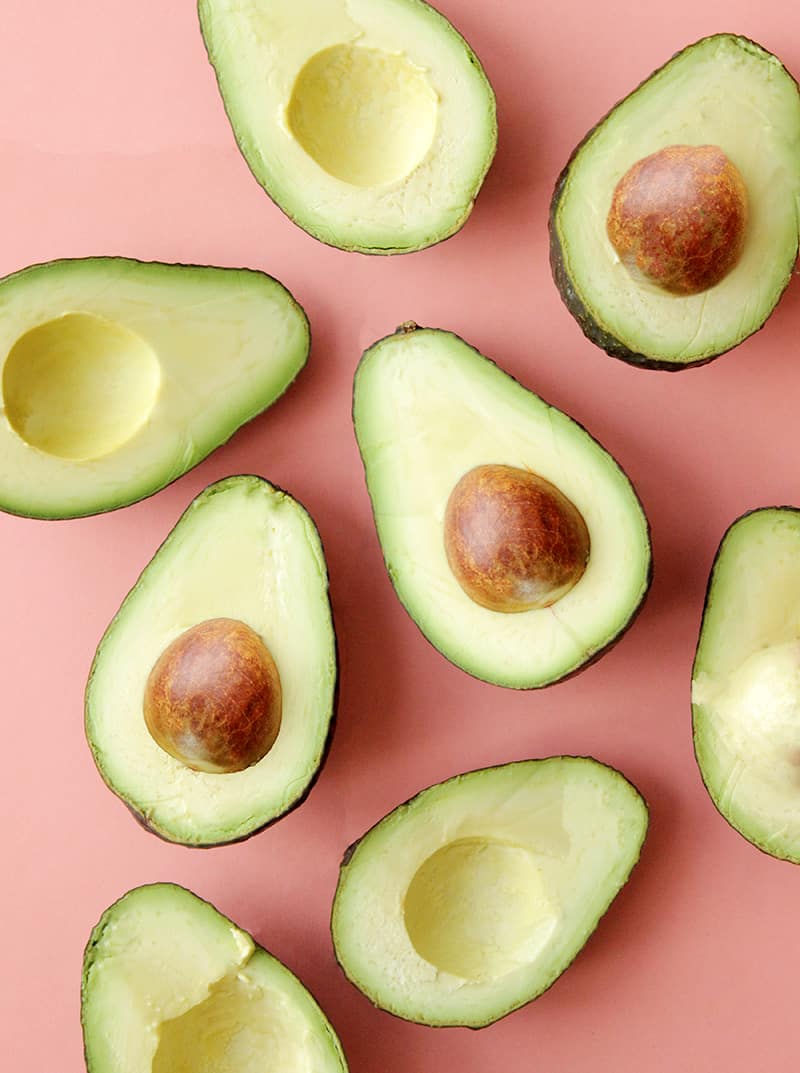
Image courtesy of Glitter and Bubbles
Now more than ever we want to preserve our produce! Especially because we all know there is nothing worse than paying a fortunate for avocados only to watch them go bad minutes later.
To make the most of my weekly grocery shop, I decided to invest in a few products, like OXO Greensaver Produce Keeper and a Blu Apple kit, so I can stretch my dollars while we stay safe at home. I’m happy to report that OXO has helped our loose-leaf lettuces last twice as long! Our Blu Apple apples have also kept our produce like, strawberries, apples, tomatoes, brussels sprouts and jalapeños stay fresh for a whole week longer too!
Are you storing your fruits and veggies the wrong way?
Using these products pushed me to research my produce and I discovered that fruits produce a chemical called, ethylene gas as they ripen. Too much ethylene leads to a loss of chlorophyll—you know, the pigment in plants that makes them green and lets light be converted to energy. Less chlorophyll means less green, and more brown or yellow veggies. I wanted to know how to store my produce properly.
Remember, the riper and ethylene producing fruit of vegetable is, the more gas it will produce, which will inevitably force other produce around it to ripen more quickly as well. To help you remember which fruits and veggies to keep apart, a good rule of thumb is to keep fruits separate from veggies since they tend to produce more ethylene gas and with others in their presence! And remember, if a piece of produce is already on the decline, store it away from others to keep the rest of your produce lasting longer!
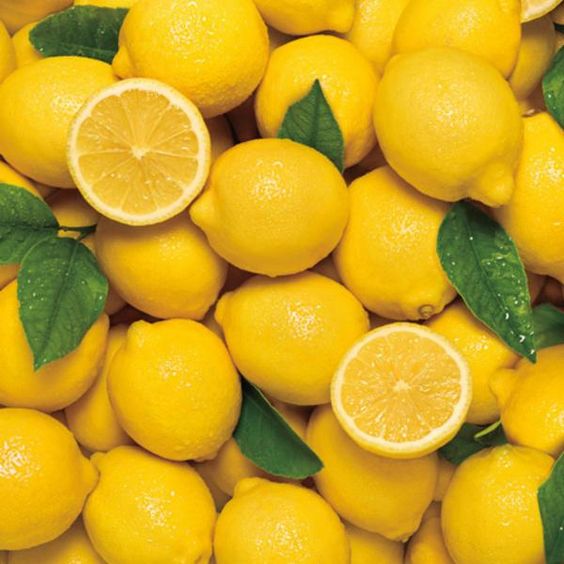
Imagine courtesy of Bath & Body Works
Below is an A-Z list of how to store and preserve your produce!
A –
Avocados:
- Uncut: ripe avocados can be stored in the refrigerator for 2-3 days. Unripe can be stored in the fridge for 4-5 days.
- Fresh cut: sprinkle with a little lemon or lime juice and store in an airtight container like THIS.
Asparagus: Stand the asparagus upright in a glass, or jar with water, making sure all the ends are sitting in the water. Loosely cover the asparagus with a plastic bag and store in the refrigerator for up to a week.
Apples: Last about a week on the counter, and can last as long as a month in the crisper. Apples love humidity, so placing a damp cloth on top of them inside the fridge will keep them happy.
Arugula: Wash only when you are ready to serve. It will last 2-3 days, and longer if you have a produce keeper, like THIS.
B –
Bananas: Contrary to popular belief, you can store bananas in the crisper after they have fully ripped on the counter. The outside skin will turn brown, but the inside will remain fresh and firm for 1-2 weeks. If you want them on the counter, you can wrap the tops in plastic to keep them from ripening too fast!
Brussels Sprouts: The ones sold on the stalk will stay fresh longer than brussels sprouts sold individually. Best tasting brussels sprouts are small, firm, bright green, and have tight and compact leaves. Keep them in a plastic or produce bag in the refrigerator, and they will last at least one week.
Broccoli: Does not keep long. Mist the broccoli head with water, but don’t wash until ready to use. Do not place in air-tight container. Keeps for about 3 days.
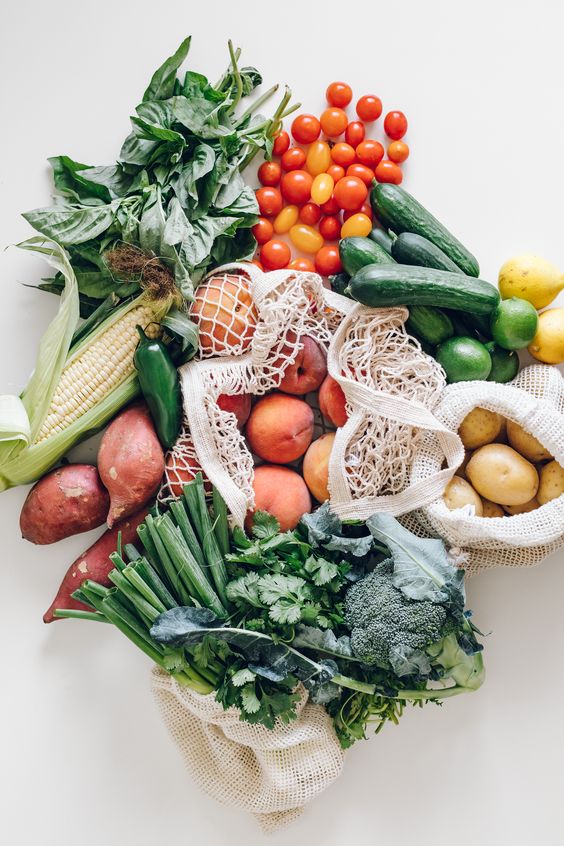
Imagine courtesy of jessie-may.com
Bell Peppers: Red and yellow peppers will last 4-5 days. Green peppers last about a week when you keep them well-dried in a plastic or produce bag inside the crisper.
C –
Carrots: The green tops need to be removed. Use and air-tight container to store carrots in water. Change the water every 4 days to preserve the carrots up to one month!
Cherries: According to experts, cherries can lose more freshness in one hour at room temperature than one whole day inside the fridge. Get them cold fast! Store in a plastic or produce bag inside the fridge. Wash before use to avoid dampening the stems, which can lead to splits or spoilage.
Cherry Tomatoes: Store at room temp to preserve the texture. Will last up for up to 3 days.
Cilantro: Place in water, making sure only the stems are submerged. Cover the leaves loosely with a plastic bag to keep in moisture. Replace the water every 2-3 days to keep cilantro happy for up to 2 weeks!
Cucumber: The internet is full of cucumber controversy, but studies have shown that storing cucumbers on the counter at room temperature helps them last longer. The Mags have always stored them in the fridge, so I am excited to see how this works! If you decide to keep your cucks cool, they will last 3 days in the fridge as opposed to 2 weeks at room temp!
Cantaloupe:
- Unripe can be stored in a paper bag on the counter for 2 days.
- Rip can be place in the fridge and last up to a week.
- Rip cut cantaloupe should be covered and will last for 3 days in the fridge
D –
Daikon: Daikon will last up to 2 weeks when stored in the fridge in plastic bag or wrapped in damp towel in fridge.
E –
Edamame: Fresh and cooked edamame will last only several days in the fridge. Store fresh in a plastic produce bag. Frozen edamame can last up to a year!
Eggplant: On the counter, eggplants can last 3-5 days, and in the fridge up to 7-10 days. Place in a plastic or produce bag to keep fresh.
F –
Figs: Like cherries, like to be cold. To avoid bruising, store them in a shallow dish inside the fridge. Since figs are picked when rip, they will not continue to ripen once you bring them home. They’ll last only a week whether you store them on the counter or in the fridge and will produce a sour smell when they are past the point of eating. Since they produce ethylene gas, you want to store them away from other fruit in order to keep the rest of the fruit fresh.
Fennel: Fennel can be prepared and eaten multiple ways. The fronds (or the flowery stalk) can be used as garnish or in dressings. The bulb can be eaten raw, baked, sautéed, or in soups or stews. To store it, trim the fronds 2-3 inches above the bulb. Wrap loosely in a produce bag and place in the refrigerator for up to 5 days.
G –
Grapes: Do not wash until ready to eat and place them in a plastic produce bag inside the produce compartment in the fridge. They will last anywhere from 7-14 days.
Garlic: This is your antisocial vegetable! Store in a cool, dry, and dark spot in your kitchen. Give garlic good air flow, like placing inside a mesh bag to make them last. Properly stored garlic heads can last 3 months in a pantry. Once a bulb is broken, the shelf life decreases to 7 days.
I –
Iceberg Lettuce: Wrap the entire head in a paper towel, then place in a plastic bag and store in the fridge. Pull off the leaves or cut it as you needed, then rewrap. This lettuce will last up to 7 days when stored right! * For loose leaf lettuce, wash and allow to dry before storing inside a plastic bag. To freshen wilted lettuce, you may place in a bath of ice water before serving. Romaine and Iceberg tend to last longer than other types.
J –
Jalapeños: Put these babies in a paper bag, or a produce bag inside your refrigerator’s crisper. They will last up to one week before wrinkling or molding.
K –
Kale: Kale is an incredible vegetable because it’s the only green you can pre-cut and store. To store a bunch of kale: wrap in a layer of paper towels before placing in a produce bag in the crisper. This will last up to a week. You can also choose to prep kale up to 3 days in advance. To do this: wash, stem, cut and dry in a salad spinner. Then wrap in paper towels before placing back into a plastic bag.
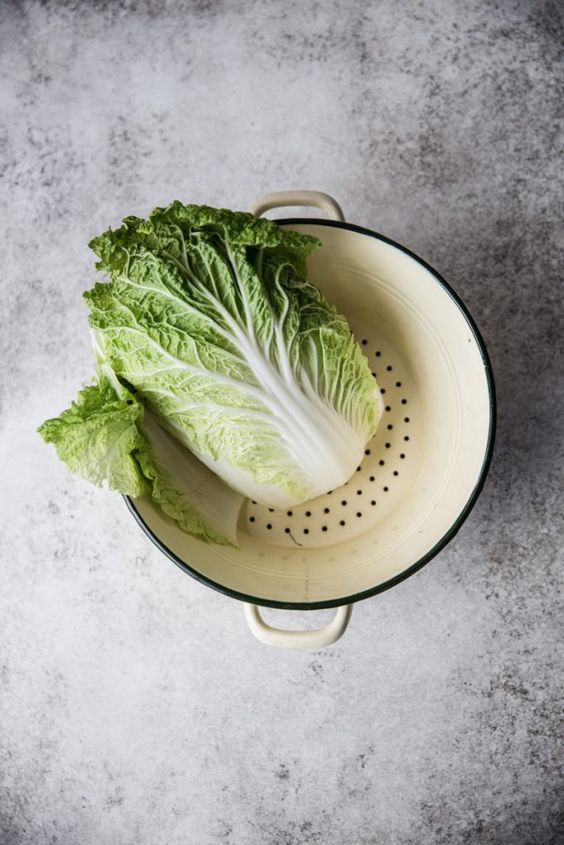
Imagine courtesy of cookrepublic.com
L –
Lemons: Lemons look good in a bowl on your counter, but this is life-sucking for them! Lemons need a little more love and like to be placed in a bag inside your fridge. This way they will last up to a whole month! To store cut lemons, wrap in plastic, then aluminum foil, or purchase a produce keeper, like THIS. Cut lemons can last up to 4 days in the refrigerator.
Leeks: Fresh leeks should be stored unwashed and untrimmed inside the refrigerator. They will last up to 2 weeks if you keep them loosely wrapped and in the crisper.
M –
Mangos: Ripe mangos can be moved to the refrigerator to slow down their spoiling. Ripe mangos stored in a frig can last up to 5 days. Peeled and cubed mangos placed in an air-tight container can last up to 3 days. Frozen mangoes can last up to 6 months!
Mushrooms: To make mushrooms last a week, do not put them in the crisper! The vegetable drawer of your refrigerator is too moist. Instead, place whole, unwashed mushrooms in a closed, brown paper bag inside the main compartment of your fridge. Moist will make them spoil so wash only when ready to use!
O –
Oranges: Citrus tends to keep for a couple of days at room temp, but in the fridge, oranges will last several weeks longer, especially if you put them in the crisper! Remember to pull back to the counter for a few hours before you juice them to get max juiciness!
Onion: Never in the fridge! Onions are best stored in a cool, dry, dark and well-ventilated place. Ideal stores spots include the pantry, cellar, basement or garage. A peeled onion can be stored in the fridge for 10–14 days, while a sliced or cut onion can be refrigerated for 7–10 days.
Okra: Don’t wash until you’re ready to use it! Place in a paper bag inside the crisper or vegetable drawer and they will last about a week.
P –
Parsley: Rinse and store like cilantro to make parsley last up to 2 weeks in the refrigerator!
Potatoes: Remove them from the plastic bag if they are sold with one, and place them in a cardboard box, paper bag, mesh bag, or basket to ensure good ventilation so they can last as long as 2 weeks. If storing in a cooler location than room temperature, potatoes can last up to 2 months! Remember that they never go in the fridge since this increases their sugar levels and won’t be good for roasting or baking.
Parsnips: Parsnips should be store unwashed and loosely wrapped in a plastic bag inside your vegetable crisper so they can last at least 2-3 days!
R –
Raspberries: Did you know that the reason your berries spoil so quickly is because of bacteria? This can easily be taken care of with some white vinegar! Giving your raspberries a little vinegar bath will kill any bacteria found on the raspberries, extending their shelf life by 3-4 days! Simply rinse thoroughly with water, store in the container they came in but lined with a paper towel to catch excess moisture. Store in a place you can see them so you don’t forget them! And keep them out of the crisper drawer as it’s too cold for them. You can also store them in the freezer for a year!
S –
Spinach: Maximize the shelf life of raw spinach, refrigerate in a plastic bag; do not wash until ready to use. Properly stored, raw spinach will usually keep well for about 5 to 7 days in the refrigerator.
Sweet Potatoes: Properly stored, raw sweet potatoes will last for 1 to 2 weeks at normal room temperature. To maximize the shelf life of sweet potatoes, store in a cool dark area; under those storage conditions, sweet potatoes will last about 1 month. Think of the pantry or a cupboard. Never store them in the fridge, as root vegetables don’t hold up in the colder environments.
T –
Tomatoes:
Underripe tomatoes – If your tomato still needs some time to ripen, you can leave it out on the counter for a few days. If you don’t, and decide to still put it in the refrigerator, you’ll ruin the membrane and it will be mealy whenever you eat it, yuck.
Ripe tomatoes can go in the fridge to keep them from turning squishy. Once you’re ready to eat, you can place them out of the counter for 2 days before enjoying. Put tomatoes out on the counter if you’re room temp is around 55 degrees. Anything hotter, they go in the fridge!
Turnips: Wrap turnips and their greens in a damp cloth inside a plastic or produce bag that then goes in the crisper! They’ll last up to 4 months!
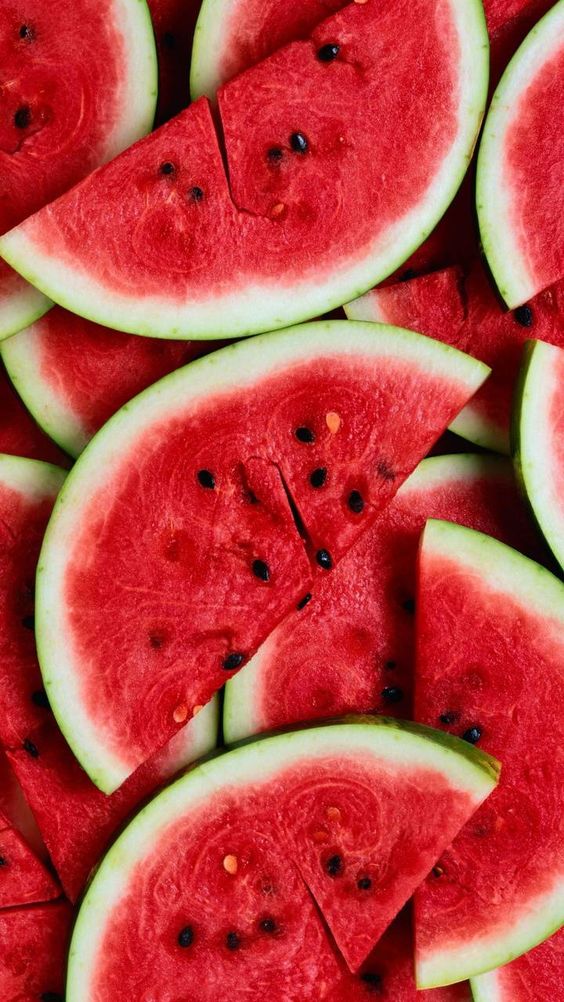
Imagine courtesy of Zedge.net
W –
Watermelon: The best way to store watermelon is at room temperature. Preferably in a cool, dark area. Once cut, wrap whatever pieces you haven’t cut in plastic wrap. Use within three to five days. If you aren’t going to cut into it when you buy it, make sure to use it within two weeks!
Y –
Yams: Store your yams in the same manner as sweet potatoes. In a cool, dark area. This will allow them to last for 1 month! To extend their shelf life even longer, store in a bag or basket to allow for air flow. Remember, yams are a root vegetable so never store them in the fridge until you’ve cooked them.
Z –
Zucchini: Zucchini will stay fresh for four or five days if you store it in a plastic bag in the refrigerator crisper drawer. Make sure your bag has an opened end to allow air flow. Do not wash the zucchini until just before you are ready to use it. If you notice the zucchini wilting, you should use it immediately. Softness is a strong sign of deterioration. Cooked zucchini will stay good for up to two days in a covered container in the refrigerator.
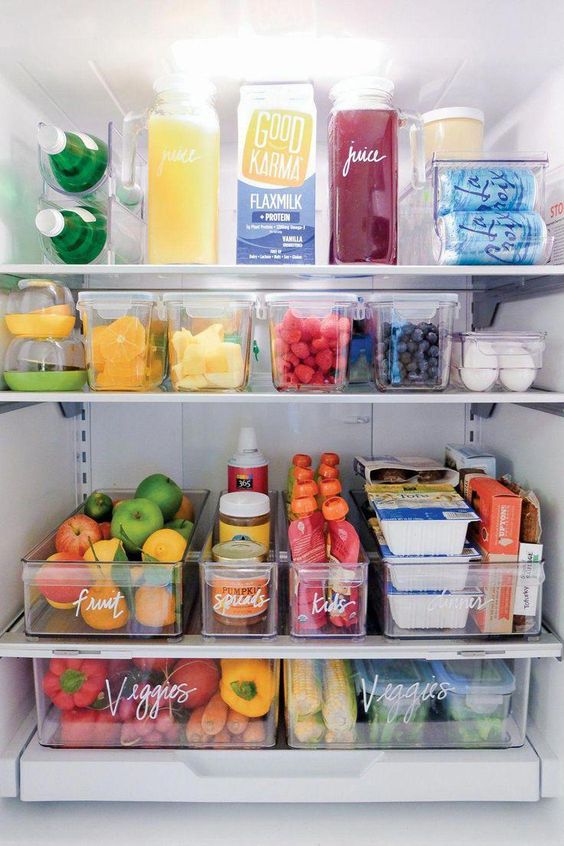
Imagine courtesy of penguinrandomhouse.com
The products I use to keep everything organized and fresh are here BELOW!
To read more money-saving articles like this visit my house HERE and HERE!
